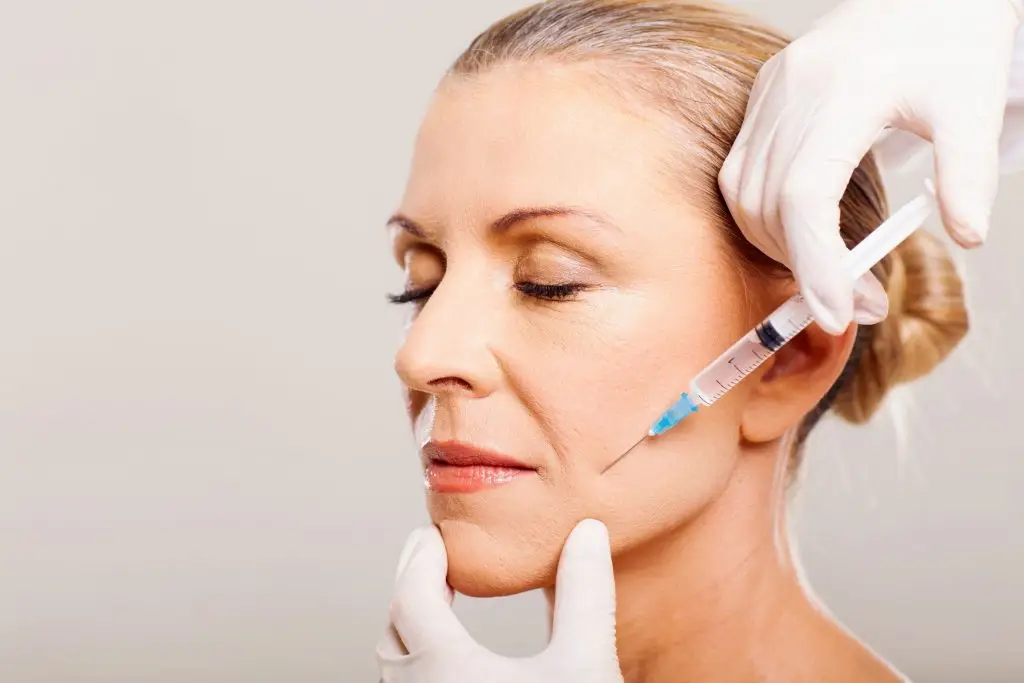Botox

Botox injections are noted primarily for the ability to reduce the appearance of facial wrinkles. They’re also used to treat conditions such as neck spasms (cervical dystonia), excessive sweating (hyperhidrosis), an overactive bladder and lazy eye. Botox injections may also help prevent chronic migraines.
Botox injections use a toxin called onobotulinumtoxinA to temporarily prevent a muscle from moving.
Botox was the first drug to use botulinum toxin. Other products now include abobotulinumtoxinA (Dysport), rimabotulinumtoxinB (Myobloc) and incobotulinumtoxinA (Xeomin). Each is a little different, particularly when it comes to dosage units, so they aren’t interchangeable.
Botox injections block certain chemical signals from nerves, mostly signals that cause muscles to contract. The most common use of these injections is to temporarily relax the facial muscles that cause wrinkles in the forehead and around the eyes. Botox injections are also used to treat conditions that affect how the body functions. Examples include:
- Cervical dystonia. In this painful condition, your neck muscles contract involuntarily causing your head to twist or turn into an uncomfortable position.
- Lazy eye. The most common cause of lazy eye is an imbalance in the muscles responsible for positioning the eye.
- Muscle contractures. Some neurological conditions, such as cerebral palsy, can cause your limbs to pull in toward your center. In some cases, these contracted muscles can be relaxed with Botox injections.
- Hyperhidrosis. In this condition, excessive sweating occurs even when the temperature isn’t hot and you’re not exerting yourself.
- Chronic migraine. If you experience migraines more than 15 days a month, Botox injections may help reduce headache frequency.
- Bladder dysfunction. Botox injections can also help reduce urinary incontinence caused by an overactive bladder.
- Eye twitching. Botox injections may help relieve contracture or twitching of muscles around the eye.
Select your doctor carefully
Botox must be used only under a doctor’s care. It’s important that injections be placed precisely in order to avoid side effects. Botox therapy can be dangerous if it’s administered incorrectly. Ask for a referral from your primary care doctor or look for a doctor who specializes in your condition and who has experience in administering Botox treatments.
A skilled and properly certified doctor can advise you on the procedure and help determine if it best suits your needs and health.
